The Orenda Startup® is about LSI balance, not just Calcium
Many people think The Orenda Startup® is a calcium-based startup. But that's not always the case, and we want to set the record straight. The Orenda Startup® is an LSI-based startup.
Posts about:
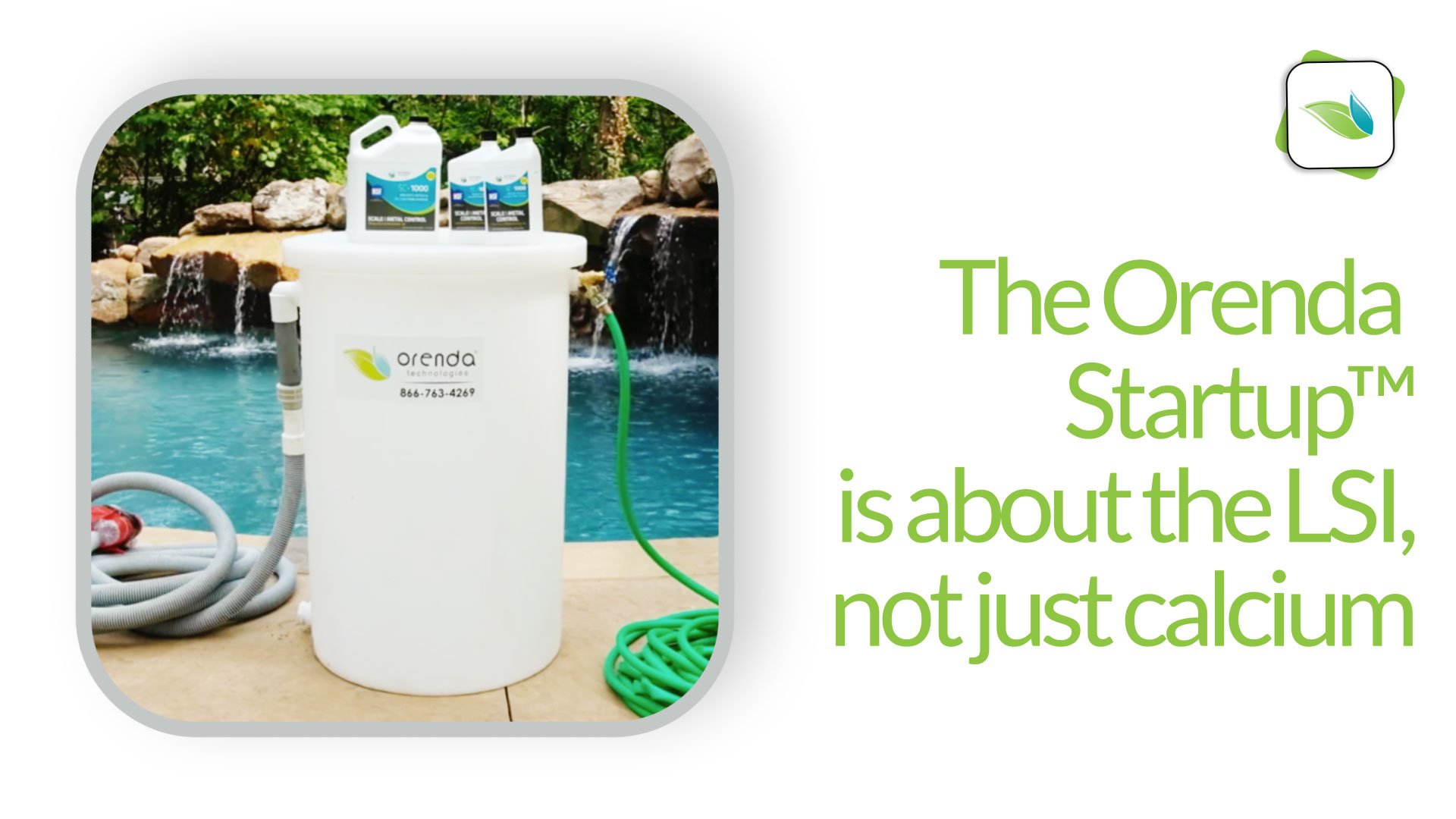
Many people think The Orenda Startup® is a calcium-based startup. But that's not always the case, and we want to set the record straight. The Orenda Startup® is an LSI-based startup.
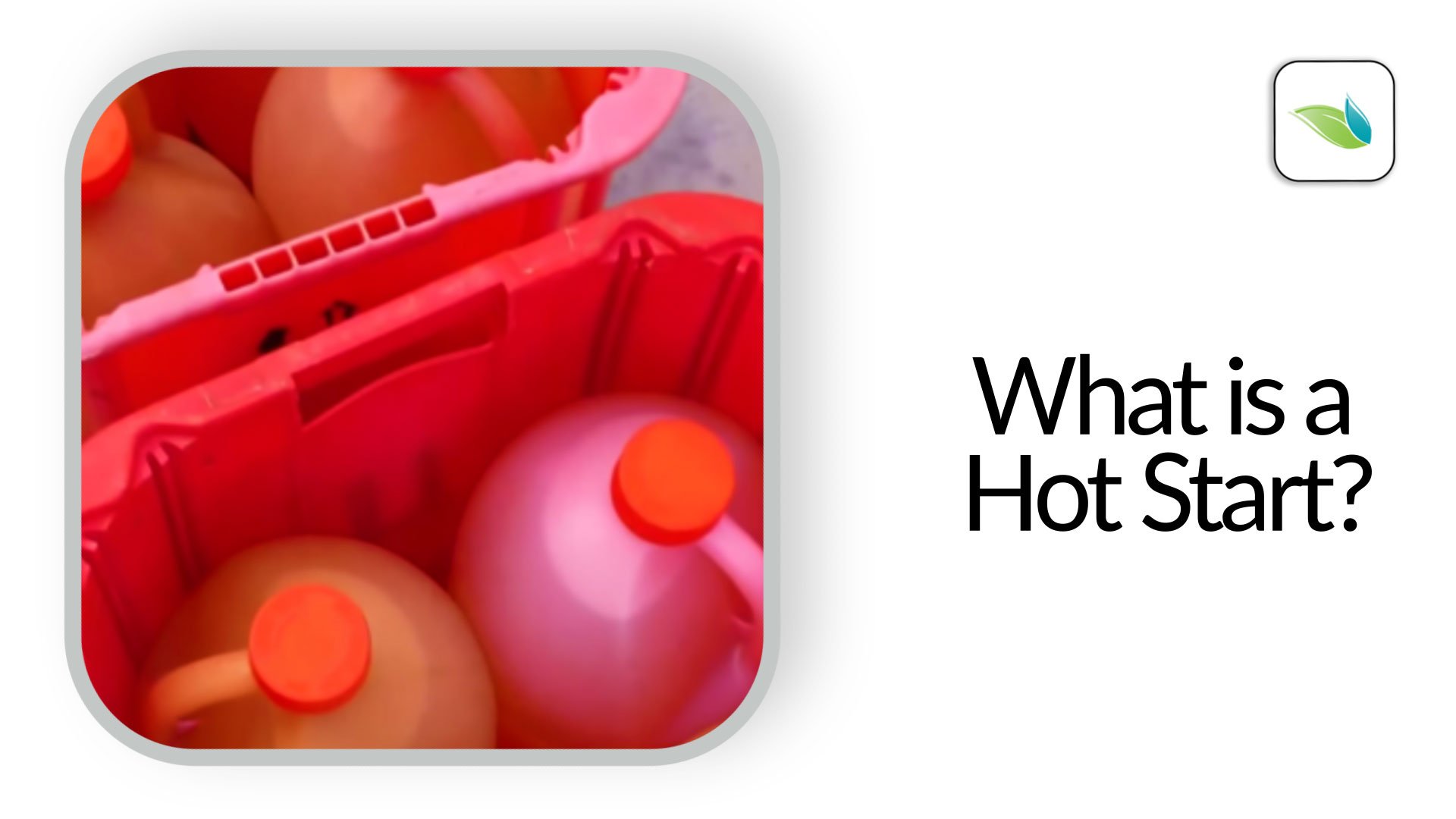
A "hot start" is a method for starting up a new or resurfaced pool using a lot of acid. It is extremely aggressive–by design–so it etches calcium off the surface, hopefully evenly. The objective of a hot start is to "burn up" plaster dust and any imperfections left behind by the plaster application process, so that the customer is left with a beautiful looking pool. A hot start may also be called a "zero alkalinity startup" or an "acid startup". This article will discuss what hot starts are, why they are used, how they are done, and the chemistry behind the process.
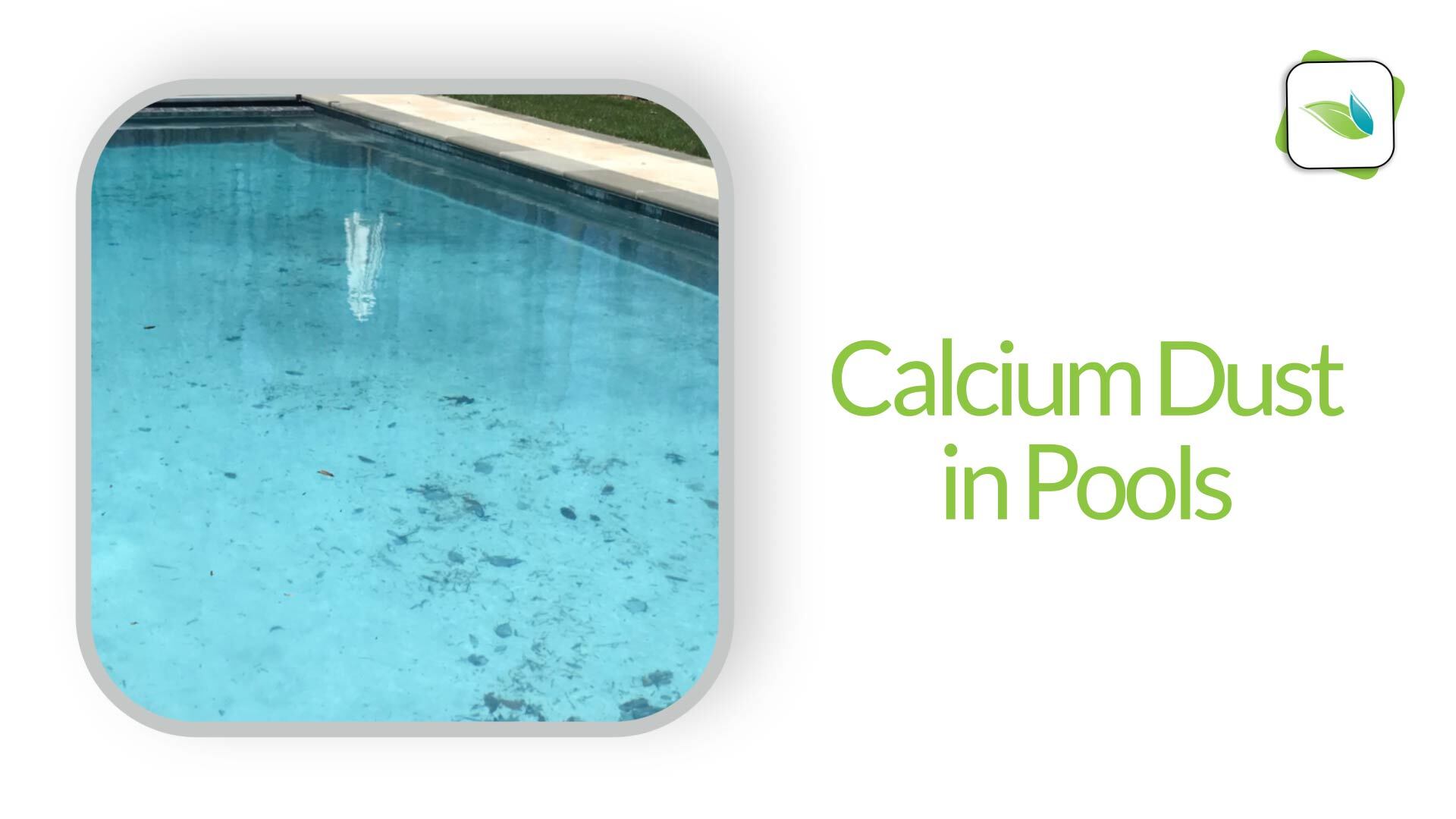
There are three distinct types of calcium carbonate (CaCO3) commonly found in swimming pools: calcium carbonate scale, calcium (calcite) crystals, and various forms of calcium dust. This article focuses on calcium dust.
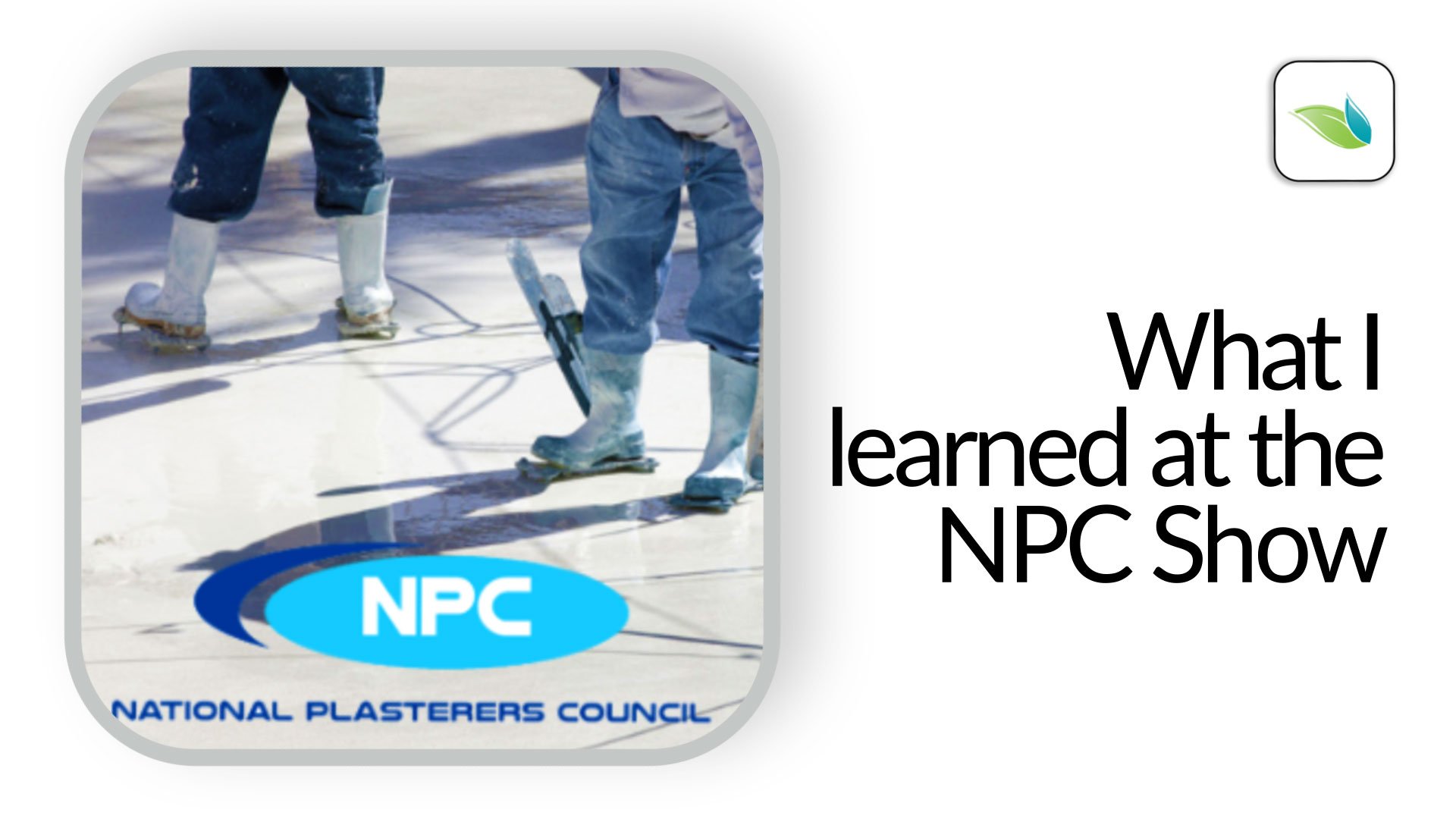
I have never plastered a pool in my life. In fact, until this week, I had never even seen pool plaster being applied. To be honest, I did not even know the difference between plaster, cement, gunite, concrete, shotcrete, or any other type of -crete. Because of this utter lack of knowledge and experience, I thoroughly enjoyed my time at this year's National Plasterers Council (NPC) annual conference in New Orleans.
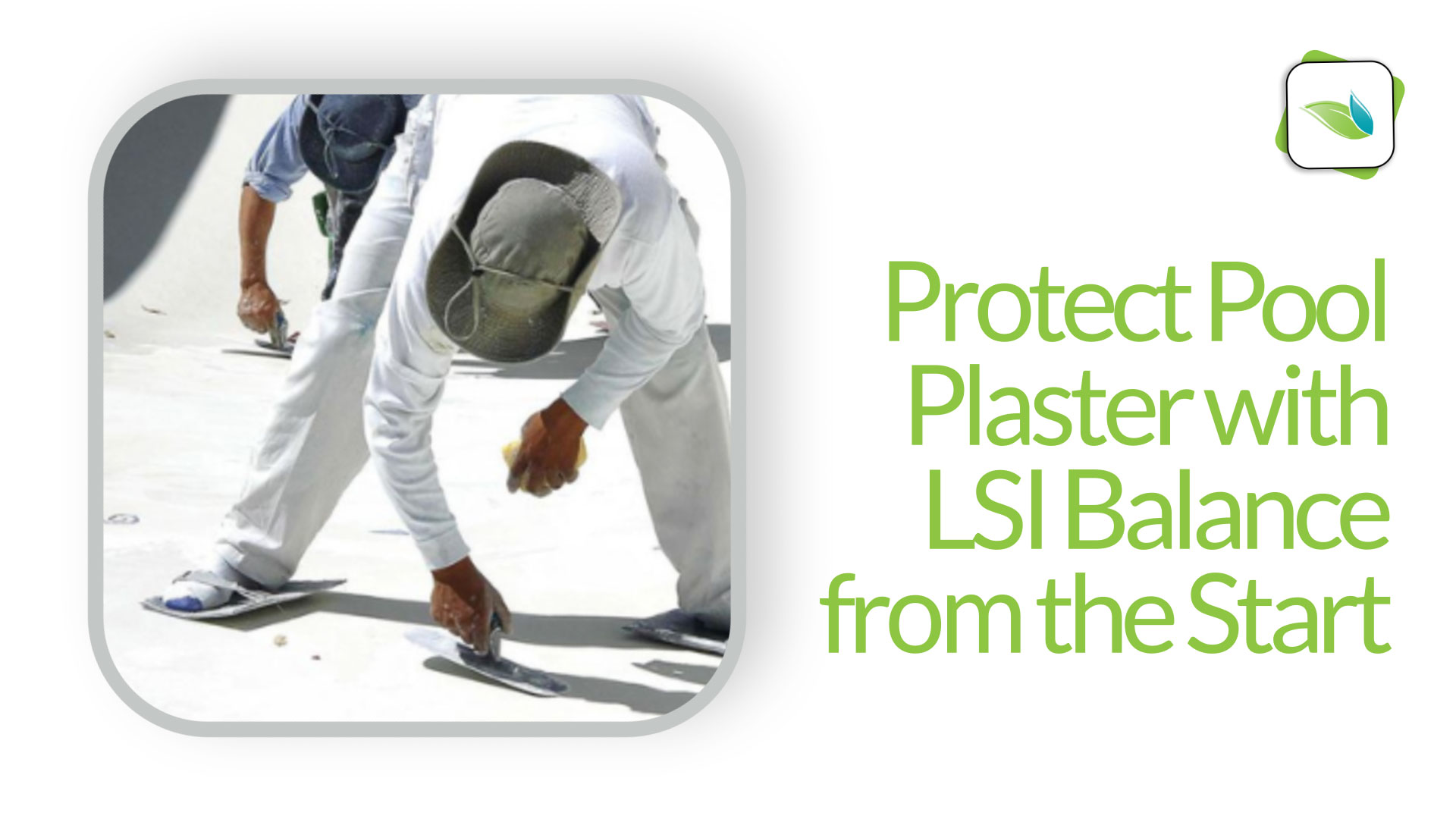
Pool builders, plaster applicators, and service techs know that a pool startup can be a real pain. Plaster dust is just the tip of the iceberg. For residential pools especially, most pools have water filling them within hours of finishing the plaster. That means the tap water and its chemistry is immensely important in the curing process (hydration) of new pool plaster.